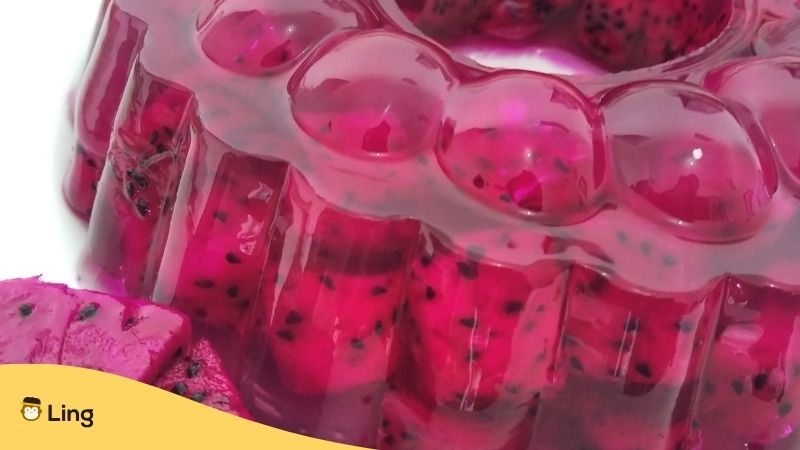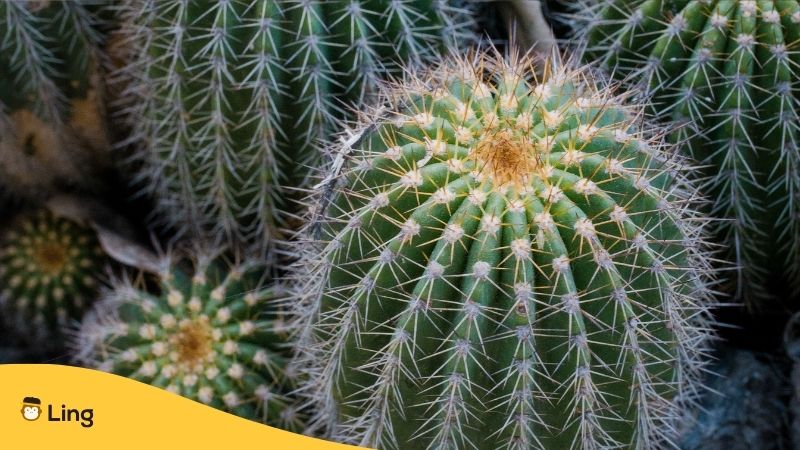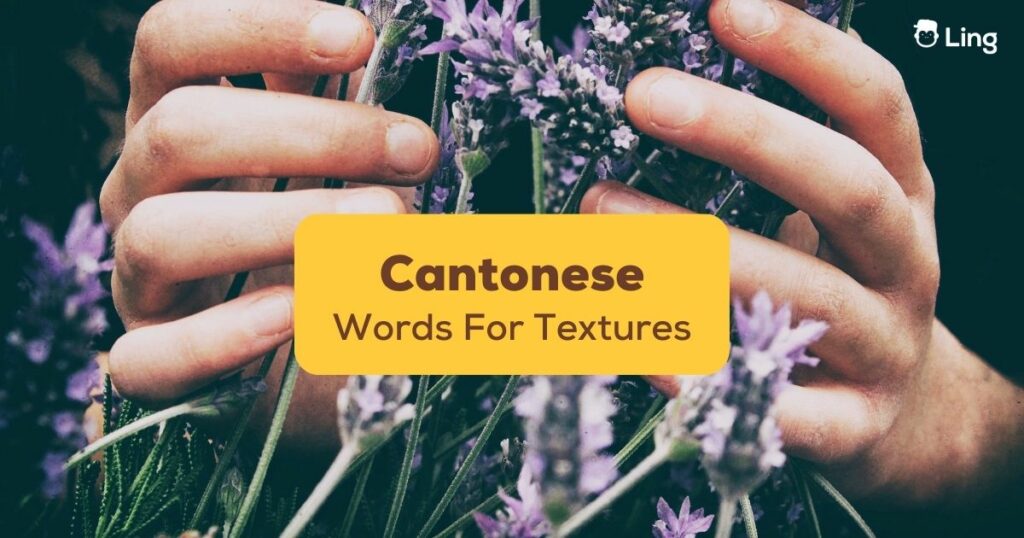This time we will be getting tactile and exploring lots of glorious Cantonese words for textures. Cantonese, like many languages, has loads of deliciously palpable ways of describing the feel of the world around us. Whether it is the crunchiness of freshly fallen snow or the sliminess of a bowl of jelly, Cantonese allows you to describe the physical texture through language to marvelous perfection.
So, let’s plunge into the world of Cantonese words that paint a vivid picture of the sensory experience of touch. From silky smooth to rough and gritty, Cantonese words for textures are a sensory delight.
Cantonese Words For Textures
Here is a list of various textures along with a little description of what they are called in the Cantonese language.
1. Silkiness – Sī Huá (丝滑)
Imagine running your fingers over the surface of the finest silk. In Cantonese, this sensation is beautifully captured by the term “丝滑” (sī huá). Whether describing the softness of a fabric or the smoothness of a Cantonese dessert, this word conjures images of luxurious, effortless gliding.
2. Gritty – Sā Tòhng (砂糖)
When you want to describe a texture that’s gritty, like sugar or sand, you can use the word “砂糖” (sā tòhng). It’s a concise and evocative way to convey that rough, grainy sensation that you can feel against your skin.
3. Velvety – Tīn Sy Wìhng 天鵝絨)
Picture the softness of velvet, reminiscent of the feathers on a swan. In Cantonese, this delightful texture is encapsulated by the word “天鵝絨” (tīn sy wìhng). It’s the perfect word to describe the smooth, plush feeling of well-crafted fabrics or even the creaminess and taste of a dessert.
4. Slimy – Nìhn Wāt (黏滑)
Slime might not be everyone’s favorite texture, but it’s undoubtedly unique. To describe something with a slimy texture in Cantonese, you can use “黏滑” (nìhn wāt). Whether it’s describing the slippery texture of a juicy wet surface or the moist gooeyness of certain traditional Cantonese foods, this term gets the point across effectively.

5. Crunchy – Sō Chéui (酥脆)
Food textures such as crispy potato chips, fresh crunchy vegetables, or even the sound of stepping on fallen leaves – all these sensations can be described using “酥脆” (sō chéui). This term captures the delightful crispiness and the satisfying sound associated with such textures.
6. Coarse – Chō Fòu (粗糙)
Sometimes, you encounter different textures that are anything but smooth. Cantonese people use “粗糙” (chō fòu) to convey a coarse or rough texture. Whether it’s the surface of a rock or the texture of sandpaper, this word paints a vivid picture of the roughness.
7. Rough – Chō Fòu (粗糙)
While we’ve already mentioned “粗糙” (chō fòu) to describe coarseness, it’s worth noting that Cantonese often relies on this term for rough textures in general. Whether it’s the texture of tree bark or the surface of an old, weathered tool, “粗糙” paints a clear picture of roughness.
8. Crispy – Sūng Chéui (鬆脆)
The word “鬆脆” (sūng chéui) is perfect for describing textures that are not only crunchy but also airy and light. Think of the food texture of a perfectly baked croissant or a delicate meringue – this term captures the essence of crispiness with a delicate touch.
9. Fluffy – Mòuh Yūng Yūng (毛茸茸)
When you want to convey the feeling of something being light and fluffy, like a plush toy or a soft bed, you can use “毛茸茸” (mòuh yūng yūng). This term literally means a texture that’s soft, downy, and wonderfully snuggly.
10. Bumpy – Gō Léui (顆粒)
If you are looking for descriptive words, similar to adjectives, for bumps and lumps on a surface, they can be described using the Chinese characters “顆粒” (gō léui). Whether it’s the texture of a cobblestone path or the surface of certain fruits, this term effectively conveys the idea of small, discrete protrusions.

11. Prickly – Chǐ (刺)
For textures that are prickly or spiky, “刺” (chǐ) is the word to use. It can describe the sensation of touching a cactus or even the feeling of a rough, prickly beard.
12. Spongy – Hói Mín (海綿)
Imagine squeezing a sponge and feeling it yield slightly under your fingers. In Cantonese, this texture can be described as “海綿” (hói mín). This word conjures the image of a soft, porous material that’s both absorbent and yielding.
13. Smooth – Pìhng Wāt (平滑)
While we’ve discussed “丝滑” (sī huá) for silky textures, “平滑” (pìhng wāt) is the go-to term for smoothness in general. Whether you’re talking about a polished surface or the feeling of gliding your hand over a calm lake, this word captures the essence of smooth textures.
A Few More Useful Cantonese Words For Textures
| English | Cantonese | Transliteration |
|---|---|---|
| Soft | 柔軟 | Yàuh yún |
| Hard | 堅硬 | Gīn ngáng |
| Textured | 有紋理 | Yáuh màhn leih |
| Grained | 有紋 | Yáuh màhn |
| Shiny | 閃亮 | Sín lóeng |
| Dull | 暗啞 | ám á |
| Glossy | 光滑 | Gwōng wa |
| Matte | 啞光 | á gwōng |
| Slick | 滑溜 | Wāt léuh |
| Wavy | 波浪 | Bō lóng |
| Lustrous | 有光澤 | Yáuh gwōng jaak |
| Grainy | 有粒感 | Yáuh lahp gám |
| Porous | 多孔 | Dō gúng |
| Fuzzy | 毛茸茸 | Mòuh yùng yùng |
| Polished | 擦亮 | Caat lóeng |
| Rugged | 崎嶇 | Kèi kēui |
| Satin | 緞 | Dyún |
| Corduroy | 燈芯絨 | Dāng sān yùhng |
| Knitted | 編織 | Pin jīk |
| Velvety | 丹麥 | Dāan mohk |
| Suede | 細絨 | Sai yùhng |
| Flannel | 絨布 | Yùhng bou |
The Cantonese language provides us with a sensory feast when it comes to describing textures. From the luxurious silkiness of “丝滑” (sī huá) to the coarse roughness of “粗糙” (chō fòu), these words paint vivid pictures of tactile experiences.
So, the next time you encounter a unique texture, consider using one of these Cantonese words to describe it and watch as your descriptions come alive with vivid imagery.
Looking To Learn More Cantonese? Why Not Try Ling?
Cantonese can be a challenge to learn as a second language, but with Ling, that challenge becomes less of a chore. With an emphasis on having fun with language, Ling app covers all aspects of Cantonese from vocab and conversation to reading and writing. The lessons, created by native Cantonese speakers, include games and quizzes to keep things entertaining while letting you know how you are getting on and where you need to go next to continue improving. Give Ling app a try today at Google Play and App Store.



































































